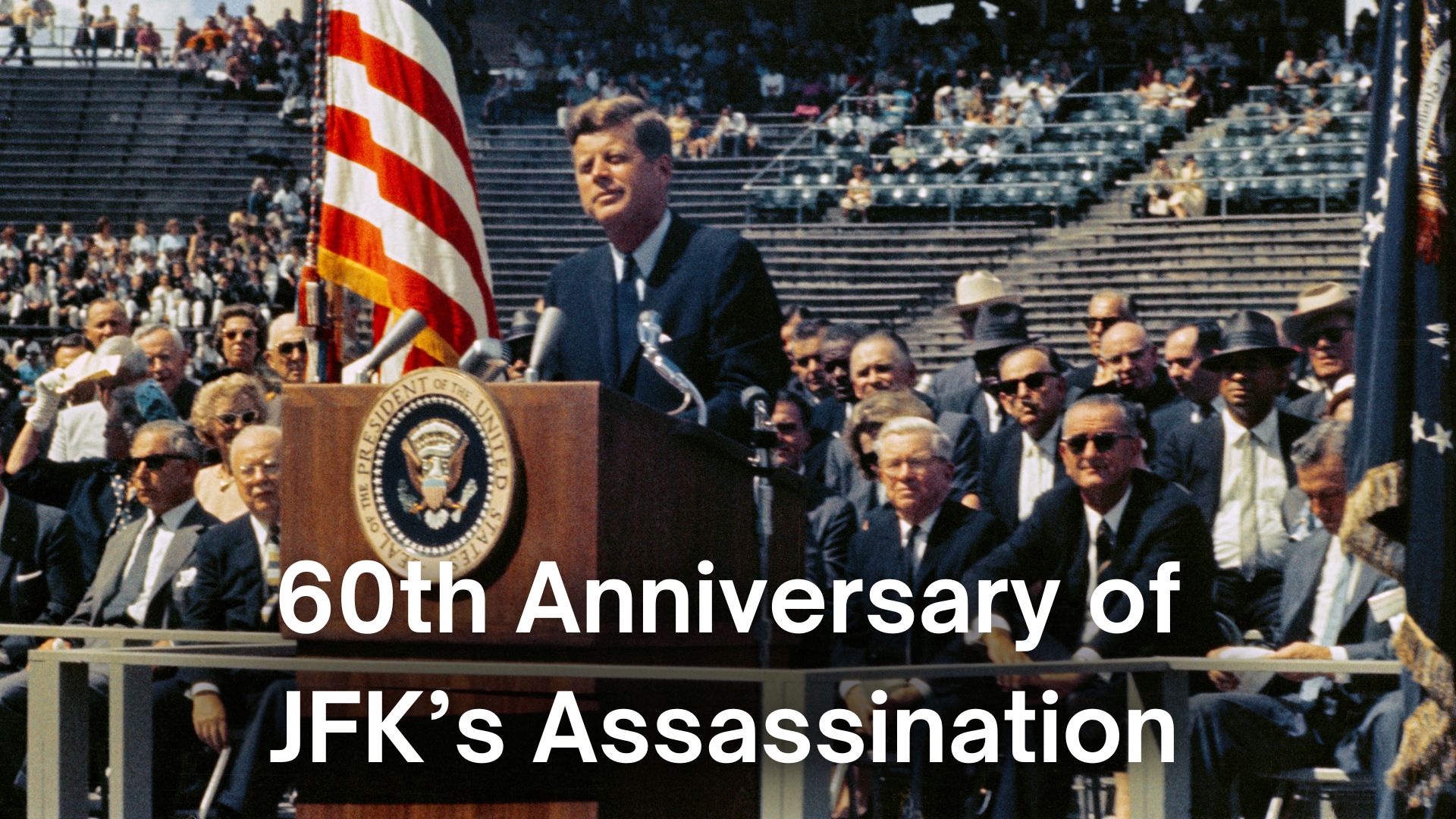By Denise Jacklin
Almost everyone of a certain age can tell you exactly what they were doing when they heard that President John Fitzgerald Kennedy was shot. Personally, I remember November 22, 1963, as a seventh grader in Friday afternoon art class at Saint Michael the Archangel Catholic elementary school.
Our class was interrupted sometime after 12:30 by an announcement that the President had been shot and a call to stop all activities and begin praying for the President. The next crackle of the loudspeaker announced that the President was dead, and we were being sent home early to our families.
It is hard to fathom in this day of instant worldwide information, but we mostly got our news from newspapers then, not television – except for the hour of nightly news. Daytime television was reserved for game shows and soap operas. There was no overwhelming necessity that everyone was entitled to know everything the instant it happened.
Kennedy’s assassination changed that forever. It was THE transformative live, global TV news event. It swept an industry that had no playbook for covering a breaking story of such magnitude. It completely changed how people received their news.
At around 1:00 p.m. Walter Cronkite, anchor and managing editor of CBS Evening News was in the newsroom preparing his nightly broadcast as the United Press International (UPI) news ticker exploded with the news. He was the first to report that the President had been shot. Surprisingly, the White House situation Room, Joint Chiefs and Presidential Cabinet were also getting their information from the UPI ticker.
The information on the UPI ticker had come from Merriman Smith, the UPI White House reporter and dean of the White House press corps, who was in the front seat of the wire service pool car, riding six cars behind the President’s convertible. When he heard three shots, he grabbed the car’s phone (yes, they had them back then) and began dictating to the Dallas bureau while fending off attempts by others to wrestle the phone.
Cronkite made the decision to go live with the news and stayed on the air non-stop for the next four hours. By 1:30 a.m. on Saturday morning 11/23 the police had arrested Lee Harvey Oswald, initially for the murder of a Dallas patrolman. With all the unfolding events, TV programming was given over to wall-to-wall news coverage all day with no commercials. JFK’s body was returned to the East Room of the White House at 4:30 a.m. Saturday, 11/23.
On Sunday 11/24 Oswald was being transferred from the city jail to the county jail when nightclub owner Jack Ruby walked right up to him and shot him point blank on a live TV broadcast. Oswald died two hours later at the same hospital that tended JFK. While the shooting was replayed many times on TV, it missed the debut of the “instant replay” just two weeks later at the Army-Navy game.
Across the country, about 300,000 people watched a horse-drawn caisson carry Kennedy’s flag-covered casket down the White House drive, past parallel rows of soldiers bearing the flags of the 50 states of the Union, then along Pennsylvania Avenue to the Capitol Rotunda to lie in state. The cortege included Cabinet members, chiefs of state, kings and princes from all over the world.
The newly sworn-in President, Lyndon B. Johnson, issued Presidential Proclamation 3561, declaring the day of the funeral, Monday November 25th, to be a National Day of Mourning, with only essential emergency workers to be at their posts. The funeral was on John Kennedy Jr.’s third birthday.
Kennedy’s funeral procession, led on foot by Jacqueline Kennedy and family, left the Capitol rotunda and returned to the White House before heading to St. Matthews Cathedral.
Like the day before, Kennedy’s caisson was pulled by four horses, including a riderless horse to symbolize the fallen Commander in Chief. The casket was followed by the President’s personal American flag and a procession that included his brothers, Attorney General Robert Kennedy and Massachusetts Senator Ted Kennedy, and dignitaries from around the world. Jackie was the only first lady to have walked in a presidential funeral procession. Approximately one million people lined the route of the funeral procession, from the Capitol back to the White House, then to St. Matthew’s Cathedral, and finally to Arlington National Cemetery.
Even before the advent of portable cameras, these events planted the idea of live action news from the field and continuous coverage. The events, from shortly after Kennedy was shot until he was interred at Arlington Cemetery were broadcast live on television. According to Nielson ratings, 81 percent of U.S. homes with a television were watching, one of the highest TV ratings in U.S. history. The director of the Newseum traces the emergence of the U.S. as a TV Nation to that weekend.

